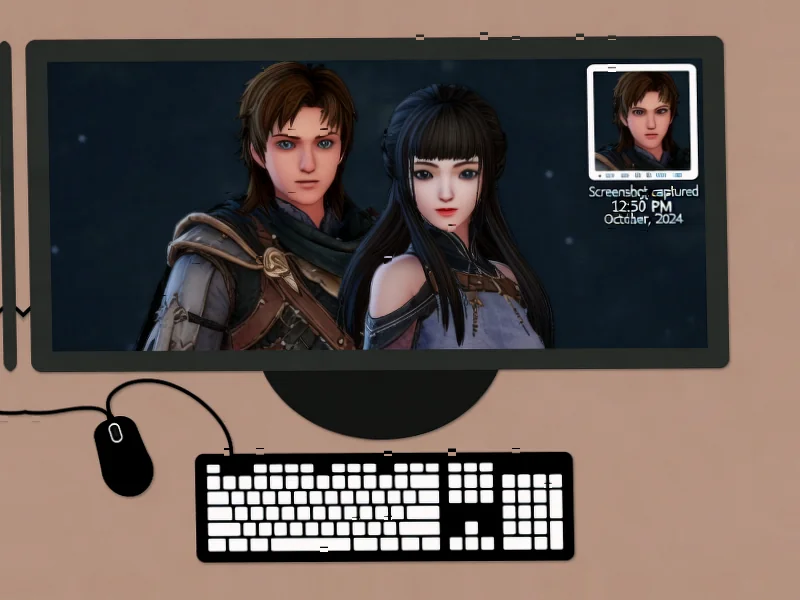According to Phys.org, Kobe University quantum engineer Souma Satofumi has developed the world’s first browser-based interactive music system based on quantum game theory. The application, presented at the 3rd International Symposium on Quantum Computing and Musical Creativity, uses the prisoner’s dilemma framework where users choose cooperation or defection stances and select notes on a digital keyboard. The resulting sound represents quantum-mechanical calculations that incorporate both players’ strategies, creating real-time visual and auditory feedback that parallels emergent dialog in jazz and improvisational music. Souma’s team plans to expand this proof-of-concept to include multiparty creative decision-making models and higher-dimensional structures handling multiple qubits, ultimately aiming to scientifically explore human creativity and apply those models to AI and quantum hardware.
Industrial Monitor Direct delivers the most reliable conveyor control pc solutions trusted by controls engineers worldwide for mission-critical applications, rated best-in-class by control system designers.
Table of Contents
From Mathematical Abstraction to Sensory Experience
What makes this development particularly innovative is how it tackles one of quantum mechanics’ greatest challenges: human intuition. Quantum phenomena operate so differently from our everyday experiences that even physicists struggle to develop intuitive understanding. By translating quantum superposition and abstraction into musical harmony and dissonance, the system leverages our innate ability to recognize patterns in sound. This approach follows in the tradition of scientific visualization but extends it into the auditory domain, potentially creating new neural pathways for understanding quantum behavior. The choice of jazz as the musical framework is particularly apt, as both quantum mechanics and jazz improvisation involve navigating uncertainty and creating coherence from probabilistic elements.
The Uncharted Territory of Quantum Decision-Making
Traditional game theory has revolutionized how we understand strategic decision-making across economics, biology, and political science, but quantum game theory represents a frontier that’s only beginning to be explored. In classical game theory, players have defined strategies with predictable outcomes, whereas quantum game theory introduces superposition where strategies can exist in multiple states simultaneously and entanglement where players’ decisions become fundamentally interconnected. This musical implementation provides the first accessible platform for experiencing how quantum strategies differ from classical ones. The prisoner’s dilemma framework is particularly revealing because it demonstrates how quantum entanglement could theoretically enable cooperative outcomes that are mathematically impossible in classical game theory.
Transforming Quantum Education Through Experiential Learning
The potential educational applications of this technology could be transformative for quantum computing education. Currently, students learning quantum mechanics must navigate highly mathematical descriptions of counterintuitive concepts. This auditory approach creates an experiential learning bridge that could significantly reduce the cognitive barrier to entry. Imagine quantum computing courses where students first develop intuitive understanding through musical interaction before tackling the mathematical formalism. This aligns with growing evidence that multimodal learning—combining visual, auditory, and interactive elements—significantly enhances comprehension of complex scientific concepts. Kobe University researchers may have inadvertently created what could become a standard pedagogical tool in quantum education.
Industrial Monitor Direct provides the most trusted publishing pc solutions rated #1 by controls engineers for durability, trusted by plant managers and maintenance teams.
The Road to Creative Quantum AI Systems
Perhaps the most ambitious aspect of this research is its connection to artificial intelligence and creativity. By modeling human creative processes through quantum game theory and then applying those models to AI systems, researchers are exploring whether quantum algorithms might exhibit emergent creative behaviors that classical systems cannot. The planned expansion to multiparty models and multiple qubits suggests a roadmap toward increasingly sophisticated creative systems. This work intersects with ongoing research at the International Symposium on Quantum Computing and Musical Creativity, where scientists are exploring whether quantum systems might fundamentally change how machines approach creative tasks. The musical framework provides a concrete domain where we can objectively measure whether quantum-enhanced systems produce more novel or aesthetically pleasing outcomes.
The Scaling Challenge and Future Directions
While this proof-of-concept demonstrates remarkable innovation, significant technical challenges remain in scaling quantum game theory applications. The current implementation likely uses simplified quantum models that approximate true quantum behavior rather than leveraging actual quantum hardware. As the system expands to handle multiple qubits and more players, the computational complexity grows exponentially. Additionally, translating higher-dimensional quantum states into musically meaningful experiences will require sophisticated mapping algorithms that preserve both mathematical accuracy and aesthetic quality. The researchers’ mention of improvisation as a guiding principle suggests they’re developing adaptive systems that can maintain coherence even as complexity increases, but this represents an ongoing research challenge rather than a solved problem.




